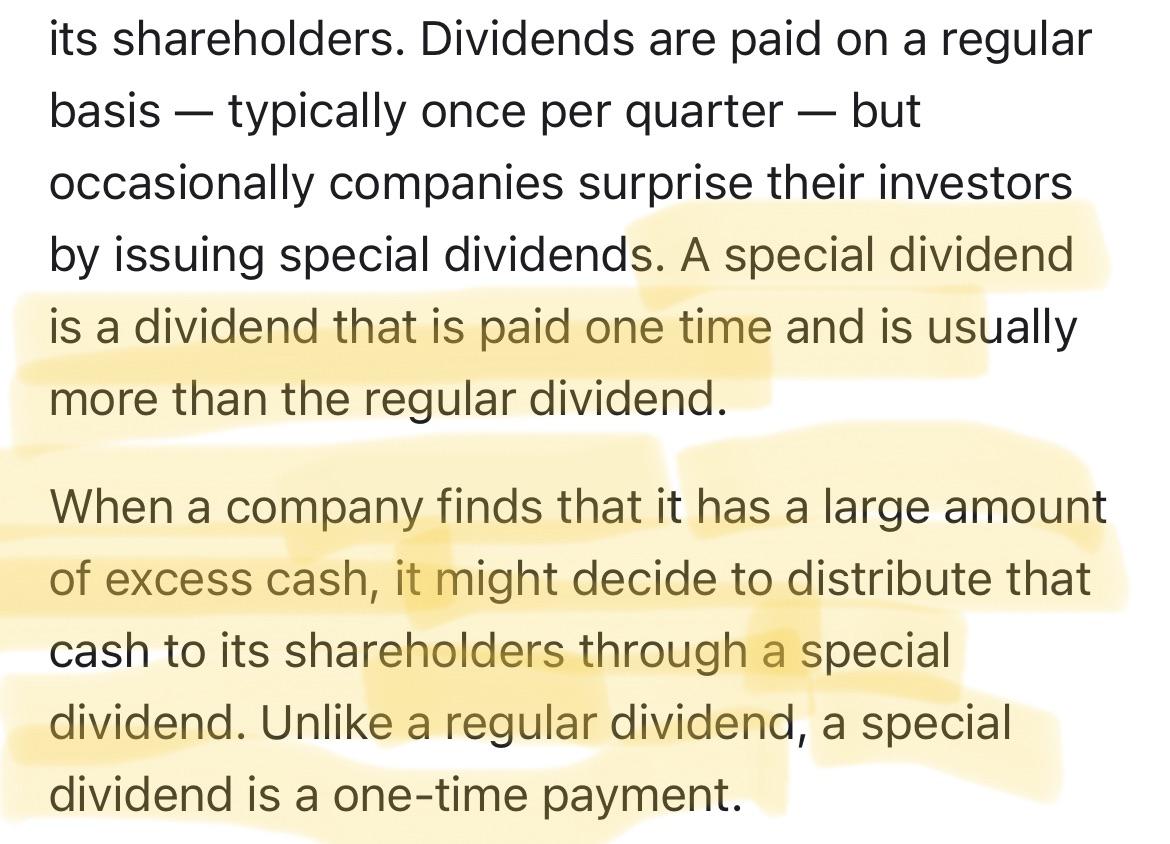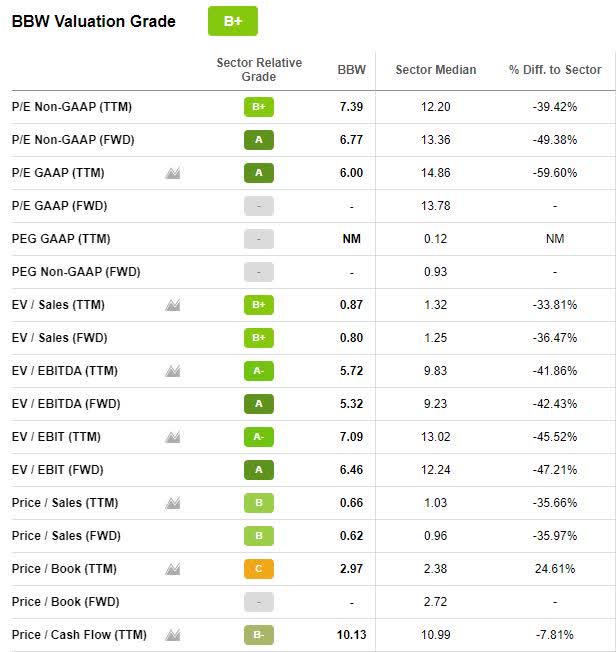
High dividend paying blue chip stocks are a great investment opportunity to grow your wealth. Many blue chip companies have a good track record of paying out dividends and have a stable stock price. They are well-known and have a large market share. This combination makes them a strong addition to any portfolio.
Blue chip stocks are also known to outperform other markets. Many of these companies have proven they can grow their dividends, which benefits shareholders when the economy recovers. They also tend be more successful during economic booms. In addition to this, many blue chip stocks tend to have low volatility, which makes them a great investment for many investors.
Blue chip stocks are a good investment. Although blue chip companies often offer excellent dividends and decent growth rates they may not be large in the market. These stocks offer a low-risk option for small investors.

Blue-chip companies are usually market leaders in their respective sectors. It's included in major stock market indices like the Dow Jones Industrial Average (S&P 500) and the Dow Jones Industrial Average (Dow Jones Industrial Average). It's also a good investment if you are looking for an insurance policy against an economic downturn.
Look for blue chip stocks with high dividends like Apple, JPMorgan Chase & Co. These companies have been in existence for decades and have a strong reputation for paying large dividends. It is reasonable to expect their stock price to increase over time. Apple has been increasing its dividend annually since 2013.
It might seem as though the only way of making money is through high dividends, but there are many other ways to make cash. An organization can invest its profits in internal growth opportunities. Or it can buy other businesses. Companies have a limited amount to invest in each year. Therefore, they often do better if they reinvest all of their cash back into the company. A company may create a large economic moat around its operations to protect them from competition from smaller ones.
Researching the financials, history and dividend policies of a company is the best way to find high-dividend blue-chip stocks. The dividend yield can be used to check if the company is covering its dividends. If the dividend yield is high it could be a sign that the company pays out a large portion of its cash flow.

Other examples of blue chip stocks that pay high dividends include AbbVie, Amgen, and JPMorgan Chase & Co. The three first are both biopharmaceutical and the third financial services companies. Amgen, with its excellent track record of growth in dividends, is an outstanding example.
FAQ
What is the difference between the securities market and the stock market?
The entire list of companies listed on a stock exchange to trade shares is known as the securities market. This includes options, stocks, futures contracts and other financial instruments. Stock markets can be divided into two groups: primary or secondary. Stock markets that are primary include large exchanges like the NYSE and NASDAQ. Secondary stock market are smaller exchanges that allow private investors to trade. These include OTC Bulletin Board Over-the-Counter (Pink Sheets) and Nasdaq ShortCap Market.
Stock markets are important as they allow people to trade shares of businesses and buy or sell them. It is the share price that determines their value. New shares are issued to the public when a company goes public. Dividends are received by investors who purchase newly issued shares. Dividends refer to payments made by corporations for shareholders.
Stock markets serve not only as a place for buyers or sellers but also as a tool for corporate governance. Boards of Directors are elected by shareholders and oversee management. They ensure managers adhere to ethical business practices. If a board fails in this function, the government might step in to replace the board.
How Share Prices Are Set?
Investors who seek a return for their investments set the share price. They want to make a profit from the company. So they buy shares at a certain price. Investors make more profit if the share price rises. If the share value falls, the investor loses his money.
The main aim of an investor is to make as much money as possible. This is why they invest. It helps them to earn lots of money.
How are securities traded
The stock market lets investors purchase shares of companies for cash. In order to raise capital, companies will issue shares. Investors then purchase them. When investors decide to reap the benefits of owning company assets, they sell the shares back to them.
The price at which stocks trade on the open market is determined by supply and demand. The price of stocks goes up if there are less buyers than sellers. Conversely, if there are more sellers than buyers, prices will fall.
You can trade stocks in one of two ways.
-
Directly from the company
-
Through a broker
Statistics
- Ratchet down that 10% if you don't yet have a healthy emergency fund and 10% to 15% of your income funneled into a retirement savings account. (nerdwallet.com)
- Individuals with very limited financial experience are either terrified by horror stories of average investors losing 50% of their portfolio value or are beguiled by "hot tips" that bear the promise of huge rewards but seldom pay off. (investopedia.com)
- "If all of your money's in one stock, you could potentially lose 50% of it overnight," Moore says. (nerdwallet.com)
- The S&P 500 has grown about 10.5% per year since its establishment in the 1920s. (investopedia.com)
External Links
How To
How to Invest in Stock Market Online
One way to make money is by investing in stocks. There are many options for investing in stocks, such as mutual funds, exchange traded funds (ETFs), and hedge funds. The best investment strategy depends on your investment goals, risk tolerance, personal investment style, overall market knowledge, and financial goals.
To be successful in the stock markets, you have to first understand how it works. Understanding the market and its potential rewards is essential. Once you know what you want out of your investment portfolio, then you can start looking at which type of investment would work best for you.
There are three main types: fixed income, equity, or alternatives. Equity is ownership shares in companies. Fixed income is debt instruments like bonds or treasury bills. Alternatives include commodities and currencies, real property, private equity and venture capital. Each option comes with its own pros and con, so you'll have to decide which one works best for you.
Once you figure out what kind of investment you want, there are two broad strategies you can use. The first strategy is "buy and hold," where you purchase some security but you don't have to sell it until you are either retired or dead. Diversification is the second strategy. It involves purchasing securities from multiple classes. You could diversify by buying 10% each of Apple and Microsoft or General Motors. You can get more exposure to different sectors of the economy by buying multiple types of investments. This helps you to avoid losses in one industry because you still have something in another.
Risk management is another key aspect when selecting an investment. You can control the volatility of your portfolio through risk management. A low-risk fund could be a good option if you are willing to accept a 1% chance. However, if a 5% risk is acceptable, you might choose a higher-risk option.
Knowing how to manage your finances is the final step in becoming an investor. Managing your money means having a plan for where you want to go financially in the future. A plan should address your short-term and medium-term goals. It also needs to include retirement planning. This plan should be adhered to! Don't get distracted by day-to-day fluctuations in the market. Keep to your plan and you will see your wealth grow.